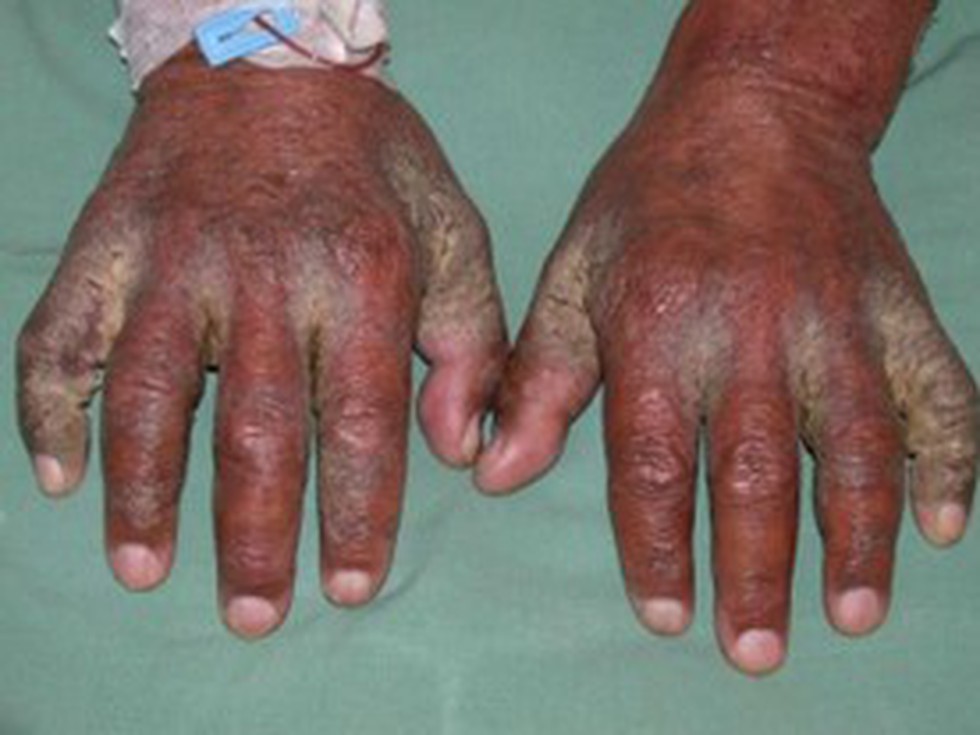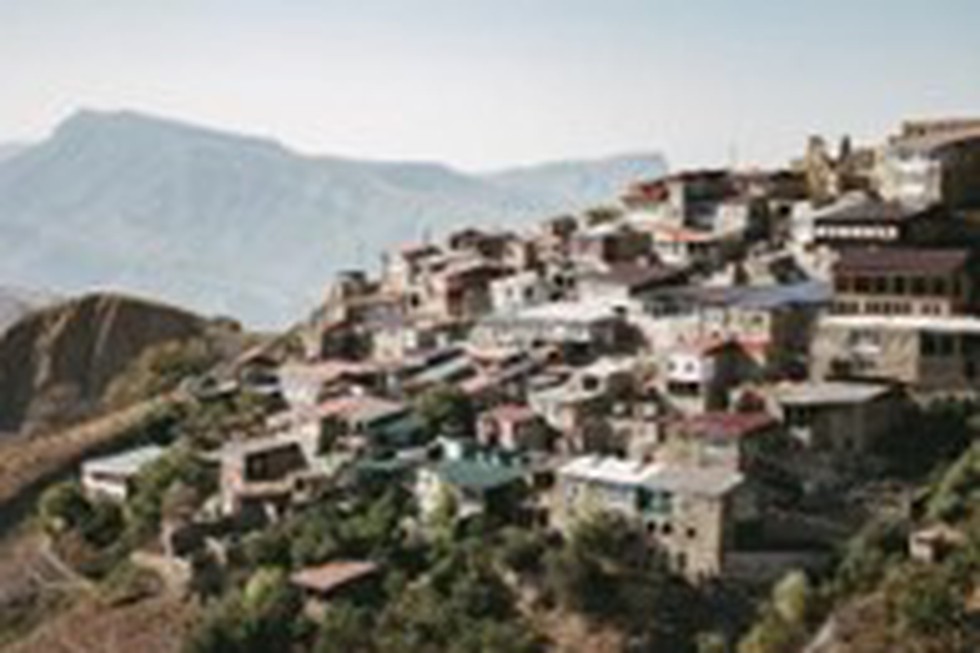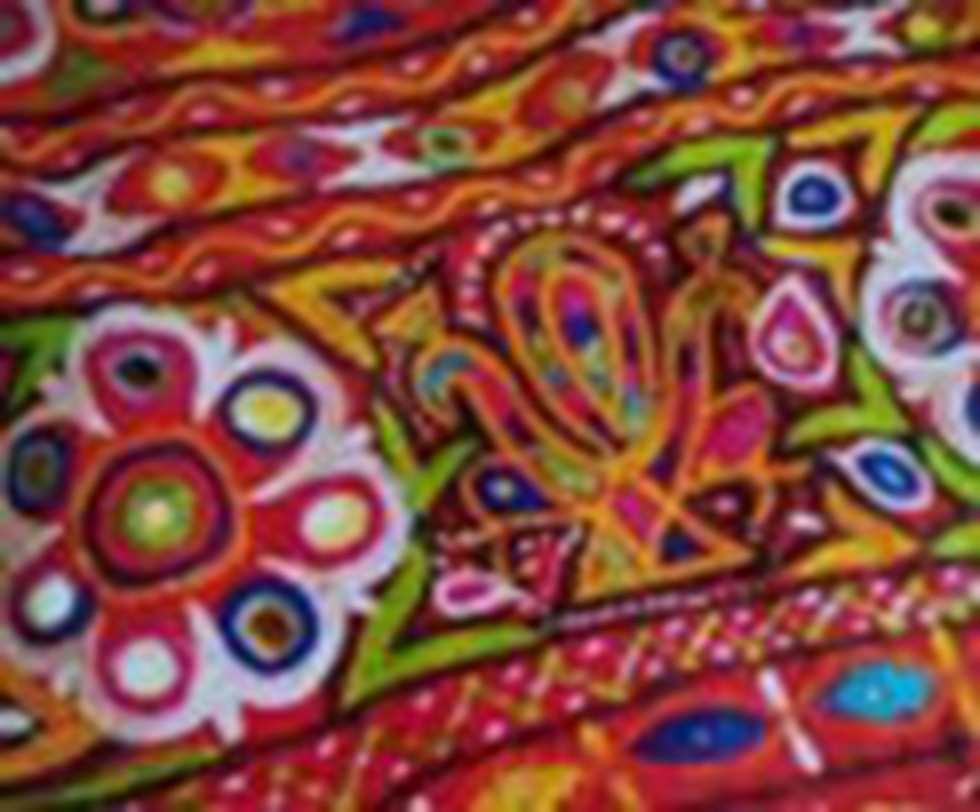
Why in the news?
- The launch of this missile will take place today at the Vandenberg Space Force Base in Southern California.
- The silo-launched missile will be tested without a warhead attached.
- The announcement comes amid rising geopolitical tensions as the Russia-Ukraine conflict drags on, the Israel-Hamas war escalates, and US-China relations continue to deteriorate.
About Minuteman III missile:
- It is a strategic weapon system using a ballistic missile of intercontinental range and first became operational in the early 1970s.
- Originally, it was only supposed to be kept in service for about ten years, but instead, it has been modernized as its replacement, the Ground-Based Strategic Deterrent (GBSD), is due to become available for use in 2029.
- It is a three-stage, solid-fuel missile.
- Its length is 18.2 metres, and its diameter is 1.85 metres.
- Its range is 6,000-plus miles, and its maximum range is about 8,000 miles.
- Boeing Corporation designed and manufactured this missile.
- The current ICBM force consists of 400 Minuteman III missiles.
- It is currently the only land-based ICBM in the US nuclear arsenal, which also includes Trident submarine-launched ballistic missiles and nuclear weapons carried by strategic bomber aircraft.

About Chhath Festival:
- It is a Hindu Vedic festival celebrated in the Indian Sub-Continent, prominently in Bihar, Jharkhand, Uttar Pradesh, some areas in Madhya Pradesh in India, and a few regions of Nepal.
- It is dedicated to the Sun God (Lord Surya) and Chhathi Maiya (another name for Goddess Usha and a known sister to Lord Surya).
- It is celebrated twice a year in the months of Chaitra (March-April) and Kartika (October-November).
- Rituals:
- Considered to be one of the most eco-friendly religious festivals, Chhath Puja lasts for 4 days.
- The rituals surrounding Chhath Puja are supposedly harsher when compared to other Hindu festivals.
- They involve strict fasting (without water), taking a dip in rivers/water bodies, standing in water and offering prayers, facing the sun for a prolonged period, and offering 'prasad' to the Sun during sunrise and sunset.
- Any food prepared during the festival will have no salt, onion, or garlic.
- In recent days, both men and women have been seen fasting during this festival, but the main worshippers are mainly said to be women. Those who fast are known as parvaitin.

About Scabies:
- Scabies is a parasitic infestation caused by a mite known as Sarcoptes scabiei.
- This causes an itchy rash to form on the skin.
- Untreated, these microscopic mites can live on the skin for months.
- They reproduce on the surface of the skin and then burrow into it to lay eggs.
- Scabies is often found in the skin folds. But scabies can appear on many parts of the body.
- Transmission: It is contagious and can spread quickly from person-to-person through close skin contact (e.g. living in the same residence) with an infested individual.
- Symptoms: Scabies symptoms include
- severe itch, often worse at night;
- itchy lines (linear burrows) and bumps (papules) on the fingers, wrists, arms, legs, and belt area;
- larger rash in infants and small children, including on the palms, soles of the feet, ankles, and scalp.
- A more severe type of scabies, called crusted scabies, makes the skin crusty and scaly and affects large areas of the body.
- Treatment: Scabies is easily treated. Medicated skin creams or pills kill the mites that cause scabies and their eggs. However, the itching may not stop for many weeks after treatment.

About Cayman Islands:
- The Cayman Islands is a British Overseas Territory located in the Western Caribbean Sea.
- The territory comprises the three islands of Grand Cayman, Cayman Brac, and Little Cayman, located south of Cuba and northwest of Jamaica.
- History:
- The Cayman Islands were colonised by the British during the 18th and 19th centuries and were administered by Jamaica after 1863.
- In 1959, the islands became a territory within the Federation of the West Indies.
- When the Federation dissolved in 1962, the Cayman Islands chose to remain a British dependency.
- Language: English is the predominant language, but many speak local Creole dialects.
- Geography: The geography of the Cayman Islands is low-lying with coral reefs.
- Capital: Its capital is George Town, which is located on Grand Cayman Island.
- Currency: The Cayman Island dollar is the official currency, but American money is widely accepted.
- Government: The government system is a parliamentary democracy; the chief of state is the queen of the United Kingdom, and the head of government is the premier.
- Economy:
- The Cayman Islands have a mixed economic system, and the islands are a thriving offshore financial centre.
- They are considered a tax haven because the Cayman Islands do not impose a corporate tax, making it an ideal place for multinational corporations to base subsidiary entities to shield some or all of their incomes from taxation.
- The Cayman Islands do not impose taxes on residents. They have no income tax, no property taxes, no capital gains taxes, no payroll taxes, and no withholding tax.
- Without tax income, the Caymans earn revenue via fees related to tourism and work permits, financial transactions, and import duties.

About the Republic of Dagestan:
- It is a province of Russia, within the Russian Federation.
- It is one of 22 republics that are part of Russia.
- Dagestan, which translates as "land of the mountains", is situated in the eastern part of the North Caucasus.
- Borders:
- Dagestan has Georgia and Chechnya to the west and Azerbaijan to the south.
- To its east is the Caspian Sea.
- Population: About 3.2 million.
- Religion: The majority of Dagestanis are Sunni Muslims.
- Capital:
- The capital, Makhachkala, is located on Dagestan's Caspian Sea coast.
- Makhachkala was conquered by the Russian Imperial Army in the 19th century. It was a major pre-revolutionary trading port.
- Ethnicity:
- It is Russia's most ethnically and linguistically varied region and home to at least 40 different ethnicities. More than 30 languages are spoken here.
- It is sometimes known as the Mountain of Languages or Mountain of Nationalities, with some national groups occupying no more than one or two villages.
- The Avars are the largest ethnicity. They form about a fifth of the population in the province.
- After the Avars, there is a sizeable presence of Dargins, Kumyks, and Lezgins.
- About 10 percent of the population is ethnically Russian.
- For almost a decade until 2017, Russian security forces were battling an armed insurgency conducted by an array of Islamist militant groups in Dagestan, neighbouring Chechnya, and Ingushetia.
- In present times, Dagestan is a conduit for major oil and gas pipelines going from the Caspian Sea to the Russian heartland. Dagestan itself has oil and gas reserves.

About Debrigarh Wildlife Sanctuary:
- It is located between the Hirakud Dam (Mahanadi River) and the Reservoir in the state of Odisha.
- It was declared a wildlife sanctuary in 1985.
- It finds a special mention because of noted freedom fighter Veer Surendra Sai.
- During his rebellion against the British, Veer Surendra Sai madehis base at 'Barapathara,” located within the sanctuary.
- Fauna: The beautiful sanctuary is known for its easy sightings of animals particularly Indian Bison, Wild Boars, Sambhar etc.
- Flora: It has a dry deciduous forest that attracts a host of birds during the winters.
Key facts about Dhole or wild dogs
- It is a wild canid found in the forests of central, south, and southeast Asia.
- Distribution:
- They can be seen as far north as Siberia, as far south as some Malaysian islands, and as far west as the Indian peninsula.
- They are found in three clusters across India, namely the Western and Eastern Ghats, the central Indian landscape and North East India.
- The Western and Eastern Ghats are stronghold regions for dholes.
- Habitat: They inhabit dense jungles, steppes, mountains, scrub forests, and pine forests.
- Conservation status:
- IUCN: Endangered
- CITES: Appendix II
- The Wildlife Protection Act 1972: Schedule II

About National Company Law Appellate Tribunal:
- It was established under Section 410 of the Companies Act, 2013 for hearing appeals against the orders of the National Company Law Tribunal(s) (NCLT), with effect from 1st June 2016.
- The NCLAT was established to provide an efficient and specialised forum for addressing matters related to company law, insolvency, and competition law.
- Functions:
- Hear appeals against the orders passed by NCLT(s) under Section 61 of the Insolvency and Bankruptcy Code, 2016 (IBC).
- Hear and dispose of appeals against any direction issued, decision made, or order passed by the Competition Commission of India (CCI).
- It also hears and disposes of appeals against the orders of the National Financial Reporting Authority.
- Composition:
- It is composed of a chairperson and judicial and technical members.
- Appointment: These members are appointed by the Central Government based on their expertise and experience in relevant fields such as law, finance, accounting, management, and administration.
- Headquarters: New Delhi.

About Black Stork:
- The black stork (Ciconia nigra ) is a large bird in the stork family Ciconiidae
- Habitat: It breeds in swampy, coniferous, and mixed forests.
- It can also be found in grasslands, agricultural fields, and on the margins of lakes and rivers during winter.
- It is a long-distance migrant, with European populations wintering in tropical Sub-Saharan Africa, and Asian populations in the Indian subcontinent.
- Distribution: It is mainly found in Europe, Asia, and African countries.
- Conservation status
- IUCN: Least concern
Key facts about Hastinapur Wildlife Sanctuary
- It is located in the state of Uttar Pradesh.
- It lies alongside the northern tip of the River Ganga, flowing through the districts of Muzaffarnagar and Bijnor.
- Flora: It has a variety of landforms and is a mixture of different habitats such as wetlands, marshes, dry sand beds, and gently sloping ravines.
- Fauna: Swamp Deer, Leopard, Wild Cats, Wild Otter, Pythons etc.
- It is a part of the "Asia Flyway" project, and many migratory Birds, both local and foreign, flock in numbers near the numerous water bodies present in the region.

About Light Combat Helicopter Prachand:
- It is India’s first indigenous multi-role combat helicopter, developed by Hindustan Aeronautics Limited (HAL).
- It is designed to meet the needs of the Indian armed forces operating in deserts and mountainous areas.
- The helicopter is fitted with Shakti Engine, which is co-developed by HAL and France’s Safran.
- The helicopter received operational clearance in 2017.
- Features
- It can fly at a maximum speed of 288 kmph and has a combat radius of 500 km, which can go up to a service ceiling of 21,000 feet.
- The helicopter can carry out activities such as Combat Search and Rescue (CSAR), Destruction of Enemy Air Defence (DEAD), operations against slow-moving aircraft and Remotely Piloted Aircraft (RPAs), high-altitude bunker busting operations, counter-insurgency operations in the jungle and urban environments, and provide support to ground forces.
- The helicopter will be equipped with Helina missiles, the air force version of which is called Dhruvastra.

About Tamil Lambadi embroidery:
- The Lambadi community has been practising the craft of Lambadi embroidery for a long time, which has served the purpose of decorating their own attire and household items.
- It has been an integral part of their identity, and the Lambadis have made constant efforts to maintain it.
- The intricate embroidery is done by Lambadi women on cotton and silk fabrics, using colourful cotton threads.
- The traditional embroidery designs are all geometrical patterns with squares, rectangles, and circles.
- They have also been influenced by the local forests, birds, fruits, and flowers.
- The elderly women of this tribal community continue to wear the Petia, their traditional five-piece dress which is made with Mushru silk from Kutch.
Key facts about the Lambadi community
- The Lambanis are also known as Banjaras, and most of them are found in Telangana, Andhra Pradesh, Tamilnadu, and Karnataka.
- This community settled across the country with different names, have permanently abandoned their nomadic lifestyle and settled in their settlements called Tandas.
- They speak Gor Boli, also called Lambadi which belongs to the Indo-Aryan Group of Languages. Lambadi has no script.





























































































































































.png)
.png)
.png)
.png)
.png)


.png)
.png)
.png)


.png)
.png)






.png)
.png)
.png)
.png)
.png)
.png)
.png)
.png)
.png)

.png)







.png)
.png)


.png)
.png)
.png)


.png)

.png)
.png)





.jpg)

.png)
.png)


.png)

.png)
.png)
.png)

.jpg)

.jpg)


.png)

.png)
.png)
.png)
.png)
.png)
.png)
.png)
.png)
.png)
.png)




.png)

.png)





.png)
.png)
.png)
.png)
.png)
.png)
.png)
.png)
.png)
.png)
.jpg)
.jpg)

.png)
.png)
.png)
.png)
.png)
.png)
.png)
.png)
.png)
.png)
.png)
.png)
.png)
.png)
.png)
.png)
.png)
.png)
.png)
.png)
.png)
.png)



.png)
.png)

.jpg)
.jpg)


.jpg)
.jpg)
.jpg)
.jpg)
.jpg)

.jpg)








.jpg)
.jpg)
.jpg)
.jpg)
.jpg)

















.jpg)
.jpg)







.jpg)


















.jpg)
.jpg)






























































































.jpg)
.jpg)


























.jpg)

.jpg)










.jpg)








.jpg)




.jpg)










.jpg)


















.jpg)












































.jpg)














.jpg)
.jpg)
.jpg)





.jpg)

.jpg)
.jpg)





































































.jpg)


































.jpg)
.jpg)
















































.jpg)












.jpg)


.jpg)




.jpg)
.jpg)
.jpg)

.jpg)
.jpg)
.jpg)
.jpg)

.jpg)
.jpg)
.jpg)

.jpg)
.jpg)
.jpg)
.jpg)
.jpg)
.jpg)
.jpg)
.jpg)

.jpg)


.jpg)
.jpg)
.jpg)
.jpg)
.jpg)
.jpg)
.jpg)
.jpg)
.jpg)
.jpg)











.jpg)
.jpg)





.jpg)
.jpg)
.jpg)
























.jpg)
























.jpg)









.jpg)
.jpg)







.jpg)
.jpg)









































.jpg)
.jpg)
.jpg)
.jpg)
.jpg)

.jpg)
.jpg)
.jpg)
.jpg)
.jpg)


.jpg)
.jpg)
.jpg)
.jpg)
.jpg)

.jpg)
.jpg)
.jpg)
.jpg)
.jpg)
.jpg)
.jpg)
.jpg)
.jpg)
.jpg)
.png)

.png)
.png)

.png)
.png)
.png)
.png)


.jpg)
.jpg)

.jpg)
.jpg)
.jpg)

.png)
.png)
.png)
.png)
.png)
.png)
.png)

.png)
.png)
.png)
.png)
.png)
.png)
.png)
.png)
.png)
.png)





































































-min.png)



.png)




.png)








































